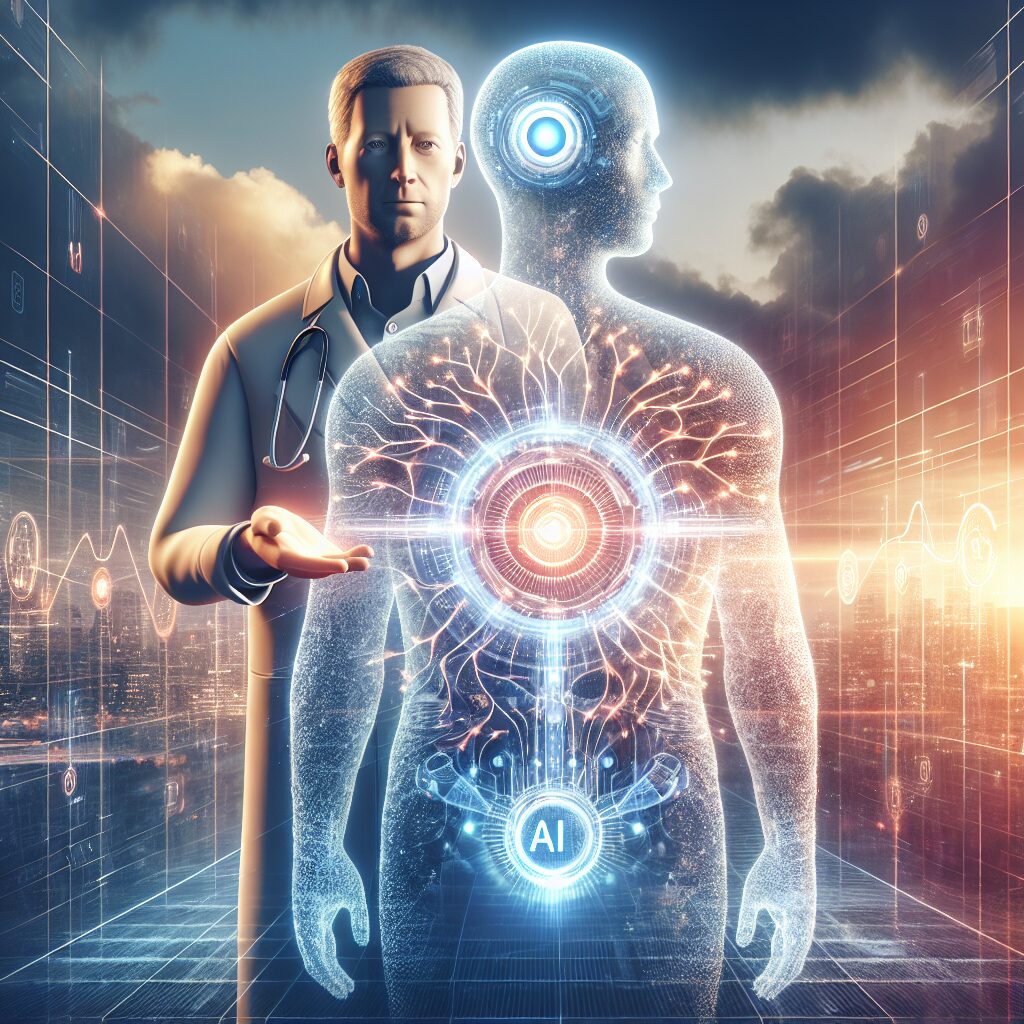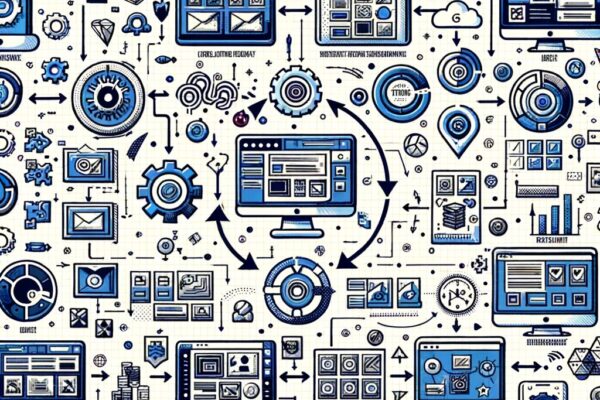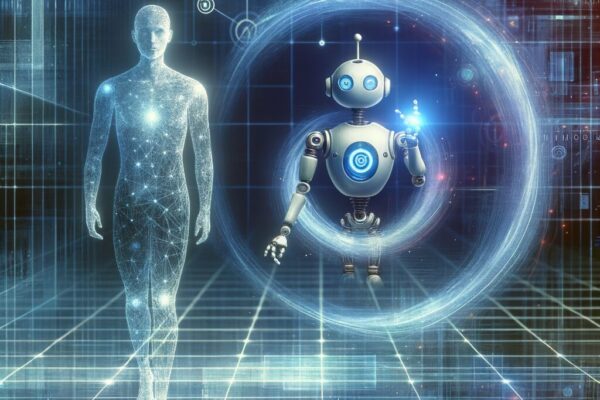
The Human + AI Partnership: Why Collaboration is the Future
The rise of artificial intelligence has sparked anxieties about job displacement and the obsolescence of human skills. While these concerns are valid and deserve careful consideration, fixating on a zero-sum game of humans versus AI misses the transformative potential of a collaborative future. The most successful organizations will not be those that simply automate tasks, but those that strategically integrate AI into their workflows, fostering a synergistic partnership between human intellect and artificial intelligence. For CEOs and department heads, understanding and embracing this dynamic is not just advantageous, it’s essential for survival and future growth.
The narrative of AI replacing humans is often sensationalized and oversimplified. AI, in its current state and foreseeable future, is primarily a tool. It excels at processing vast amounts of data, identifying patterns, automating repetitive tasks, and generating predictions. However, it lacks the critical thinking, emotional intelligence, creativity, and contextual understanding that are fundamentally human traits. It cannot empathize with a customer’s frustration, navigate complex ethical dilemmas, or develop innovative solutions that require intuitive leaps. To frame AI as a direct replacement for these multifaceted human skills is a fundamental misunderstanding of its capabilities and limitations.
Instead, consider AI as a powerful augmentation tool. Think of it as a cognitive assistant that can handle the heavy lifting of data analysis, freeing up human employees to focus on higher-level tasks that require strategic thinking, problem-solving, and interpersonal skills. In a customer service setting, for example, AI-powered chatbots can handle routine inquiries and provide instant answers, allowing human agents to focus on more complex and sensitive issues. In marketing, AI algorithms can analyze customer data to identify trends and personalize campaigns, but human marketers are still needed to craft compelling messaging, develop creative content, and build genuine relationships with customers.
The key to unlocking the power of the human-AI partnership lies in understanding how to effectively leverage the strengths of each. This requires a fundamental shift in mindset, moving away from a fear-based approach towards a collaborative one. Here’s how leaders can begin to foster this partnership within their organizations:
1. Identify Opportunities for AI Augmentation: Start by analyzing existing workflows to identify areas where AI can automate repetitive tasks, improve efficiency, and reduce errors. Look for processes that are data-intensive, rule-based, and time-consuming. This could include tasks such as data entry, invoice processing, lead qualification, or inventory management. Once identified, explore AI solutions that can streamline these processes and free up human employees to focus on more strategic initiatives.
2. Invest in Upskilling and Reskilling: The integration of AI will inevitably require employees to develop new skills. Invest in training programs that focus on data literacy, critical thinking, problem-solving, and communication. Equip your workforce with the knowledge and skills they need to effectively interact with AI systems, interpret data insights, and make informed decisions based on AI-generated recommendations. This might involve training in areas such as data analysis, machine learning, or AI ethics.
3. Foster a Culture of Experimentation and Learning: Encourage employees to experiment with AI tools and explore new ways to leverage AI to improve their work. Create a safe space for failure and learning, where employees feel comfortable trying new things and sharing their experiences. Organize workshops, hackathons, and other events that promote collaboration and knowledge sharing around AI.
4. Redesign Job Roles and Responsibilities: As AI takes over routine tasks, it’s crucial to redesign job roles and responsibilities to focus on higher-value activities. This might involve creating new roles that focus on AI management, data analysis, or AI-driven innovation. Ensure that employees understand how their roles are evolving and provide them with the support and resources they need to succeed in their new roles.
5. Focus on Ethical Considerations: As you integrate AI into your business, it’s essential to consider the ethical implications of your decisions. Ensure that your AI systems are fair, transparent, and accountable. Avoid using AI in ways that could discriminate against certain groups of people or violate their privacy. Establish clear ethical guidelines for the development and deployment of AI, and train your employees on how to apply these guidelines in their work.
6. Communicate Openly and Transparently: Address employee concerns about job displacement and the impact of AI on their careers. Be transparent about your plans for AI integration and the steps you are taking to support employees through the transition. Emphasize the benefits of the human-AI partnership, such as improved efficiency, increased productivity, and enhanced job satisfaction.
7. Prioritize Human-Centered Design: When implementing AI solutions, prioritize human-centered design. Ensure that AI systems are designed to be user-friendly, intuitive, and accessible. Involve employees in the design process to gather feedback and ensure that AI solutions meet their needs. Focus on creating AI systems that augment human capabilities, rather than replacing them.
8. Measure the Impact of AI Integration: Track the impact of AI integration on key business metrics, such as efficiency, productivity, customer satisfaction, and employee engagement. Use these metrics to evaluate the effectiveness of your AI initiatives and identify areas for improvement. Continuously monitor and adjust your AI strategy based on the data you collect.
The transition to a human-AI partnership will require a significant investment of time, resources, and effort. However, the potential benefits are immense. By embracing a collaborative approach, businesses can unlock new levels of efficiency, innovation, and growth. The future of work is not about humans versus AI, but about humans and AI working together to achieve common goals. Leaders who recognize this and actively cultivate this partnership will be best positioned to thrive in the age of AI.
To successfully navigate the intricacies of AI implementation, a foundational understanding of its terminology is crucial. Equip yourself and your team with the knowledge you need to confidently discuss and implement AI strategies. Purchase the eBook, The AI Business Dictionary: 200 Must-Know Words, Phrases, and Definitions, and gain a comprehensive glossary of AI terms, definitions, and concepts. Visit https://store.mymobilelyfe.com/product-details/product/ai-business-dictionary to get started today.






























































































































































Recent Comments